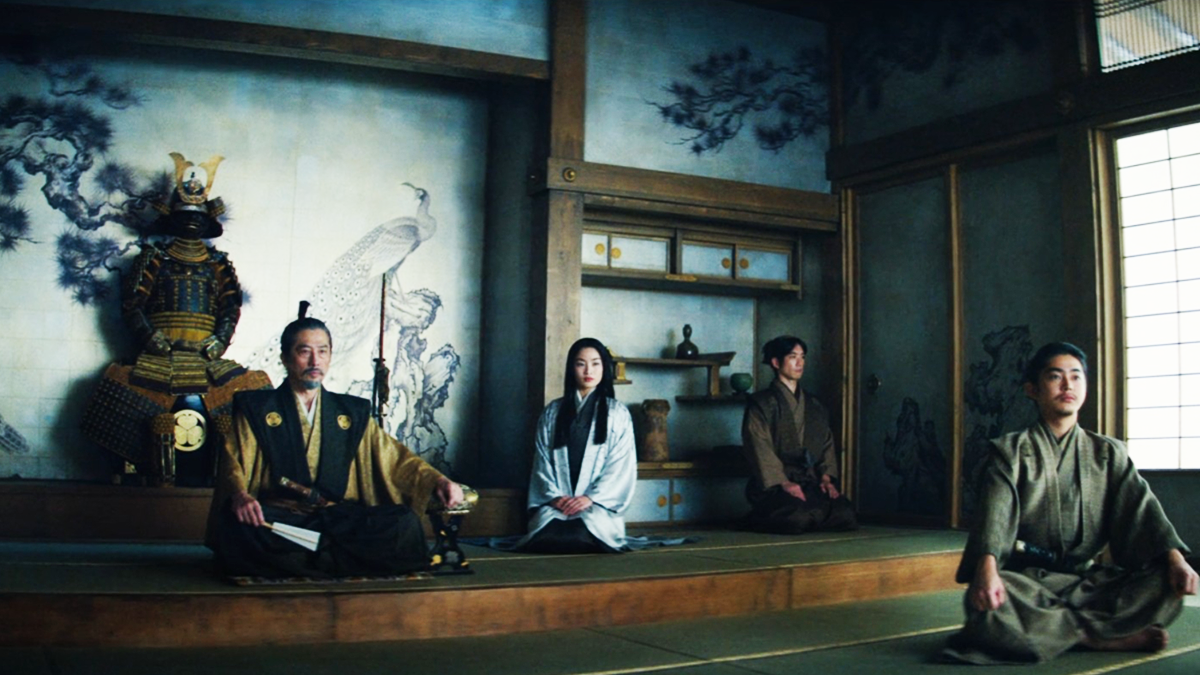“Shōgun,” the FX historical drama now streaming on Hulu, offers Western viewers a captivating glimpse into feudal Japan, drawing inspiration from real Japanese history with some creative liberties taken by author James Clavell.
Set just after the death of the Taiko, a pivotal figure in Japanese history, the series revolves around Toyotomi Hideyoshi, though his name is altered for the show. Hideyoshi played a crucial role in unifying Japan, although he never officially held the title of Shogun due to political constraints.
But what exactly is a Shogun? In essence, a Shogun was a military dictator, wielding significant power over Japan’s political landscape. Through the strategic allocation of fiefs to vassals, Shoguns controlled vast territories, collected taxes, built armies, and installed political allies, gradually diminishing the Emperor’s authority.
The term “Shogun” was hereditary, with only three official Shogunates established throughout Japanese history: the Kamakura, Ashikaga, and Tokugawa Shogunates. Shoguns maintained power through loyal followers, fostering strict social hierarchies and often maneuvering politically to solidify their rule.
Prior to the events depicted in “Shōgun,” Japan saw the reign of the Taiko, a title reserved for a retired regent. Toyotomi Hideyoshi, who eventually became the Taiko, rose to prominence despite humble beginnings as the son of peasant parents. His exceptional talents as a builder and tactician earned him favor with Oda Nobunaga, the first great unifier of Japan’s Sengoku era.
After Nobunaga’s death, Hideyoshi avenged his lord and assumed power for himself, eventually being named the Taiko. Despite his peasant birth, Hideyoshi’s remarkable rise to power shaped Japan’s history, leaving a lasting legacy that reverberates through the events of “Shōgun.”
As viewers immerse themselves in the rich tapestry of feudal Japan depicted in “Shōgun,” they witness the intricate web of politics, power struggles, and historical figures that defined this transformative era.

